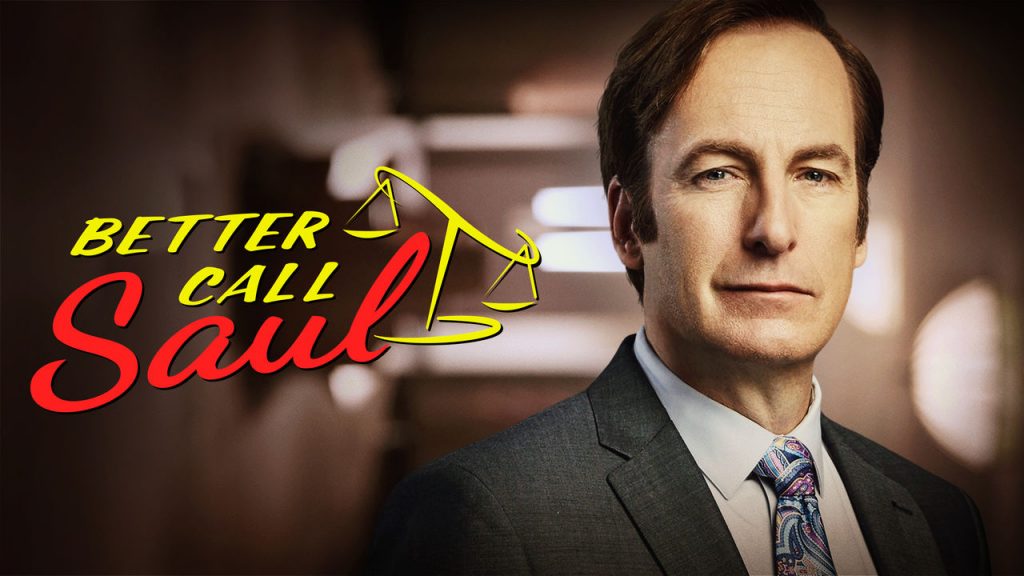In the vast landscape of television, few series have managed to captivate audiences and critics alike as profoundly as Better Call Saul. Serving as a prequel to the acclaimed Breaking Bad, this show has carved its own legacy, with many arguing that it surpasses its predecessor in depth, intensity, and character development.
A Journey into the Depths of Character
At the heart of Better Call Saul lies the transformation of Jimmy McGill into the morally ambiguous Saul Goodman. Bob Odenkirk’s portrayal is nothing short of mesmerizing, capturing the nuances of a man torn between his innate goodness and the allure of the criminal world. The series delves deep into Jimmy’s psyche, exploring his motivations, fears, and the events that lead to his ultimate transformation.
Complementing Jimmy’s journey is the character of Kim Wexler, portrayed by Rhea Seehorn. Kim’s evolution from a diligent lawyer to someone entangled in Jimmy’s schemes adds layers of complexity to the narrative. Their relationship serves as both a grounding force and a catalyst for their respective descents, showcasing the show’s commitment to multifaceted character development.
A Narrative Rich with Intrigue and Emotion
The storytelling in Better Call Saul is a masterclass in pacing and structure. Each episode meticulously builds upon the last, weaving a tapestry of events that are as compelling as they are unpredictable. The show’s ability to balance legal drama with the gritty underbelly of the drug world creates a dynamic viewing experience that keeps audiences on the edge of their seats.
Critics have lauded the series for its narrative prowess. The Guardian, in its ranking of the 100 best TV shows of the 21st century, placed Better Call Saul at No. 48, describing it as “a supremely measured character piece that has steadily improved as its central tragedy has materialised.”
Visual and Auditory Excellence
Beyond its narrative strengths, Better Call Saul is a visual and auditory feast. The cinematography captures the stark beauty of Albuquerque, using color palettes and framing to reflect the characters’ inner turmoils and transformations. The use of black-and-white sequences, especially in flash-forwards, adds a layer of artistic depth, symbolizing the bleakness of Saul’s future.
The musical score further enhances the viewing experience, with carefully selected tracks and original compositions that underscore the emotional beats of the story. This harmonious blend of sight and sound elevates the series, making it not just a show, but an immersive experience.
Critical Acclaim and Legacy
Since its debut, Better Call Saul has garnered widespread critical acclaim. The series boasts a 97% approval rating on Rotten Tomatoes for its first season, with subsequent seasons maintaining similarly high ratings. Metacritic scores also reflect universal acclaim, with the fifth season achieving a score of 92 out of 100.
The series finale was met with praise, with the BBC noting that critics hailed it as “masterful.” Such consistent recognition underscores the show’s impact on the television landscape.
A Worthy Successor and More
While Breaking Bad set a high bar for television dramas, Better Call Saul has not only met but, in the eyes of many, surpassed it. The depth of character exploration, combined with intricate plotting and artistic presentation, positions it as a standout in modern television. As noted by The Guardian, the series is “a supremely measured character piece that has steadily improved as its central tragedy has materialised.”
Conclusion
In the realm of television, where countless shows come and go, Better Call Saul stands as a testament to the power of storytelling, character development, and artistic vision. Its legacy is not just as a prequel to Breaking Bad, but as a monumental work in its own right, deserving of its place among the greatest TV shows of all time.
